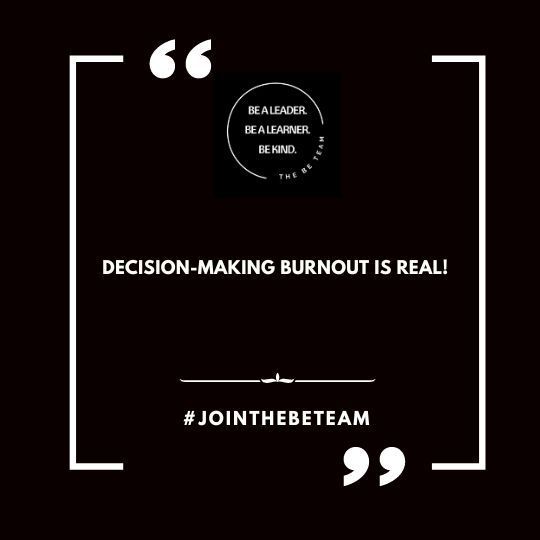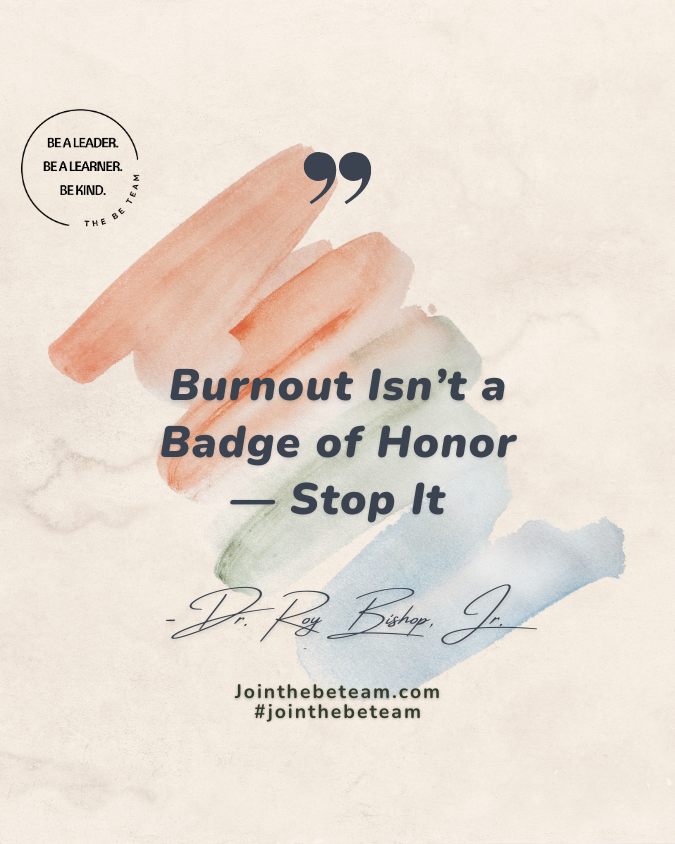Decision-making burnout is Real!
Decision-making burnout is Real!

One Thought to Consider
Decision fatigue is real, and it affects us all.
Decision fatigue happens when we become mentally exhausted from the sheer number of decisions we need to make each day.
This can lead to poorer choices and increased stress. It's important to recognize that this is a normal part of our modern lives, but there are ways to manage it effectively.
I remember vividly sitting at my desk a couple of weeks ago when someone asked me what should be done, and I honestly couldn’t put my thoughts into words.
I had to say, "Can I get back to you? I just don’t know what direction we should take at this time."
That’s when I knew I needed to do something differently.
I am constantly seeing leaders being burned out by decision-making.
In our busy, always-on world, it's easy to feel overwhelmed by the endless stream of decisions we need to make. We're juggling work, family, and everything in between, and decision fatigue can really wear us down.
Managing decision-making stress is essential for a leader.
Sometimes we think we must provide the answer to all the questions that come to us, and that simply isn't the case.
Here are some strategies to help you manage decision-making fatigue:
Two Strategies to Implement
1. Simplify Your Choices
Reducing the number of decisions you need to make each day can help free up mental space and reduce stress. Here are a few ways to do this:
- Plan Ahead: Dedicate some time each week to plan your meals, outfits, and daily tasks. By having a clear plan, you eliminate the need to make these decisions on the fly.
- Create Routines: Establish routines for your mornings and evenings. When certain parts of your day run on autopilot, you save your mental energy for more important decisions.
Take a look at this infographic, which I created to help simplify the choices I was making as a leader. (Click Here)
2. Set Decision-Making Limits
Allocate specific times during the day for making decisions. This helps prevent decision fatigue by ensuring you're not constantly making choices throughout the day. Use this time to prioritize and tackle important decisions when you're most alert.
- Batch Decisions: Group similar decisions together and handle them in one go. For instance, respond to emails in one sitting rather than throughout the day.
- Delegate When Possible: Trust your team or family members with decisions that don't require your direct input. Delegation not only reduces your burden but also empowers others.
When delegating to others, matching their interests, passions, and strengths with tasks that need to be completed empowers the other person and allows them to stretch themselves as leaders.
One Question to Consider
How can I better manage my decision-making process to reduce stress and improve efficiency?
Reflect on your current decision-making habits. Are there areas where you can simplify or delegate? How can you better structure your day to minimize unnecessary decisions? Answering these questions can provide clarity and actionable steps toward reducing decision-making burnout.
Action Item for Today!
Create a Decision-Free Zone
Dedicate 15 minutes today to create a decision-free zone where you don’t have to make any choices. Use this time to relax, enjoy a hobby, or simply unwind without the pressure of deciding anything. This will help refresh your mind and reduce overall stress.
Conclusion
Taking these steps can help you manage decision-making burnout and improve your overall productivity and well-being. Remember, making progress means taking care of yourself along the way!
Thank you for reading, and I hope these tips help you find more balance and peace in your daily life. Feel free to share your own stories and tips in the comments below!
Until we meet again: Be a Leader. Be a Learner. Be Kind.
- Dr. Roy Bishop, Jr.
Ready to take your leadership skills to the next level?
Click Here to sign up for a complimentary 1-hour leadership consultation with me today! Let's work together to equip you with everything you need to achieve greatness!
share this
Related Articles



STAY UP TO DATE
the latest from the be team
Receive an alert anytime a new post drops
Contact Us

